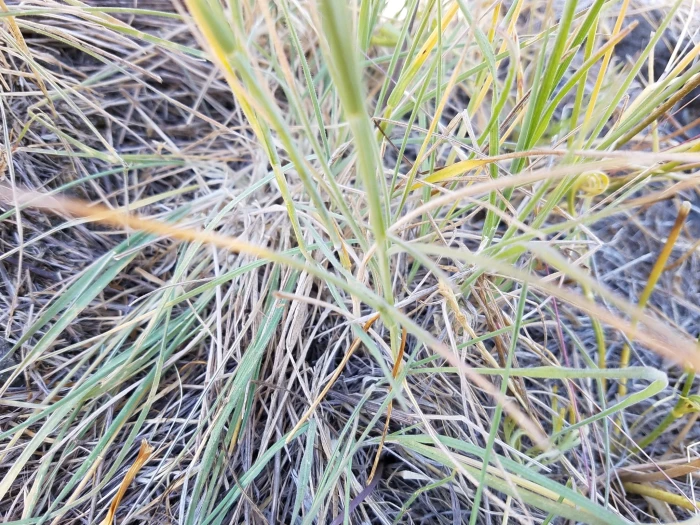California Barley
(Hordeum californicum)
California Barley (Hordeum californicum)
/
/

D Defreese
CC BY 4.0
Image By:
D Defreese
Recorded By:
Copyright:
CC BY 4.0
Copyright Notice:
Photo by: D Defreese | License Type: CC BY 4.0 | License URL: http://creativecommons.org/licenses/by/4.0/ | Rights Holder: D Defreese | Publisher: iNaturalist | Date Created: 2021-05-24T10:42:53-07:00 |















Estimated Native Range
Climate Requirements for Dortmund, Germany
| This Plant | Your Site | Plant Suitability for Your Location | ||
|---|---|---|---|---|
| • Precipitation | 4" - 71" | 34" | Your precipitation may be too high for this plant. | Too high |
| • High Temp. | 63°F - 101°F | 75°F | Your summer temperatures are normal for this plant. | Excellent |
| • Low Temp. | 7°F - 52°F | 31°F | Your winter temperatures are normal for this plant | Excellent |
This plant may not grow well at your location - your precipitation is too high.
Summary
Hordeum californicum, commonly known as California Barley or Wild Barley, is an annual grass native to California’s coastal prairies, chaparral, and open oak woodlands, as well as extending into parts of the Great Basin and desert areas of the Western United States. It typically grows rapidly to a height of 1-2 feet (0.3-0.6 meters) and is characterized by its slender form and nodding inflorescences. The flowers, which are green or yellow and inconspicuous, bloom in the spring and are followed by barley-like seed heads that are attractive to wildlife.
California Barley is valued for its ability to thrive in poor soils and its use in habitat restoration projects. It is drought-tolerant, making it suitable for xeriscaping and low-water gardens. This grass is also used for erosion control due to its fibrous root system. In cultivation, it requires full sun exposure and performs best in sandy or loamy soils with medium to fast drainage. While it is not commonly used for ornamental purposes, it can provide a natural, meadow-like appearance in appropriate settings.CC BY-SA 4.0
California Barley is valued for its ability to thrive in poor soils and its use in habitat restoration projects. It is drought-tolerant, making it suitable for xeriscaping and low-water gardens. This grass is also used for erosion control due to its fibrous root system. In cultivation, it requires full sun exposure and performs best in sandy or loamy soils with medium to fast drainage. While it is not commonly used for ornamental purposes, it can provide a natural, meadow-like appearance in appropriate settings.CC BY-SA 4.0
Plant Description
- Plant Type: Grass
- Height: 1-2 feet
- Width: 1-2 feet
- Growth Rate: Rapid
- Flower Color: N/A
- Flowering Season: Spring
- Leaf Retention:
Growth Requirements
- Sun: Full Sun
- Water: Low, Medium
- Drainage: Medium, Fast
Common Uses
Erosion Control, Low Maintenance
Natural Habitat
Native to California’s coastal prairies, chaparral, and open oak woodlands
Other Names
Common Names: Wild Barley
Scientific Names: Hordeum californicum, Critesion californicum, Critesion californicum subsp. californicum, Hordeum brachyantherum subsp. californicum
GBIF Accepted Name: Hordeum californicum